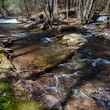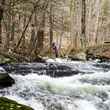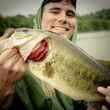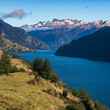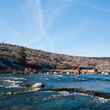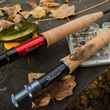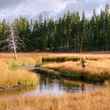We sat down with John Van Vleet for a chat about Scientific Angler's new image, the ever-growing complexity of the fly line industry, line technology, SA's two new line series, what's on the horizon and more.
Hatch Magazine: SA has been going through a bit of an image change of the last year or so. Are these changes only skin deep, or has there been a philosophical shift regarding the kind of products SA is looking to develop?
John Van Vleet: Our organizational change is much more than simply a cosmetic one. After being purchased by Orvis, we were able to essentially start from the ground up and re-evaluate our entire product lineup and manufacturing mindset. We have completely shifted our focus back onto our customers in an effort to make fly line selection a less daunting, less expensive, and more enjoyable process. While we will never stop pushing the technological limits of our capabilities, it’s extremely important for us to make lines that cast well, fish well, and won’t cost an insane amount of money. That’s the most important thing to us at the moment, and something we have admittedly done a poor job of over the past few years.



